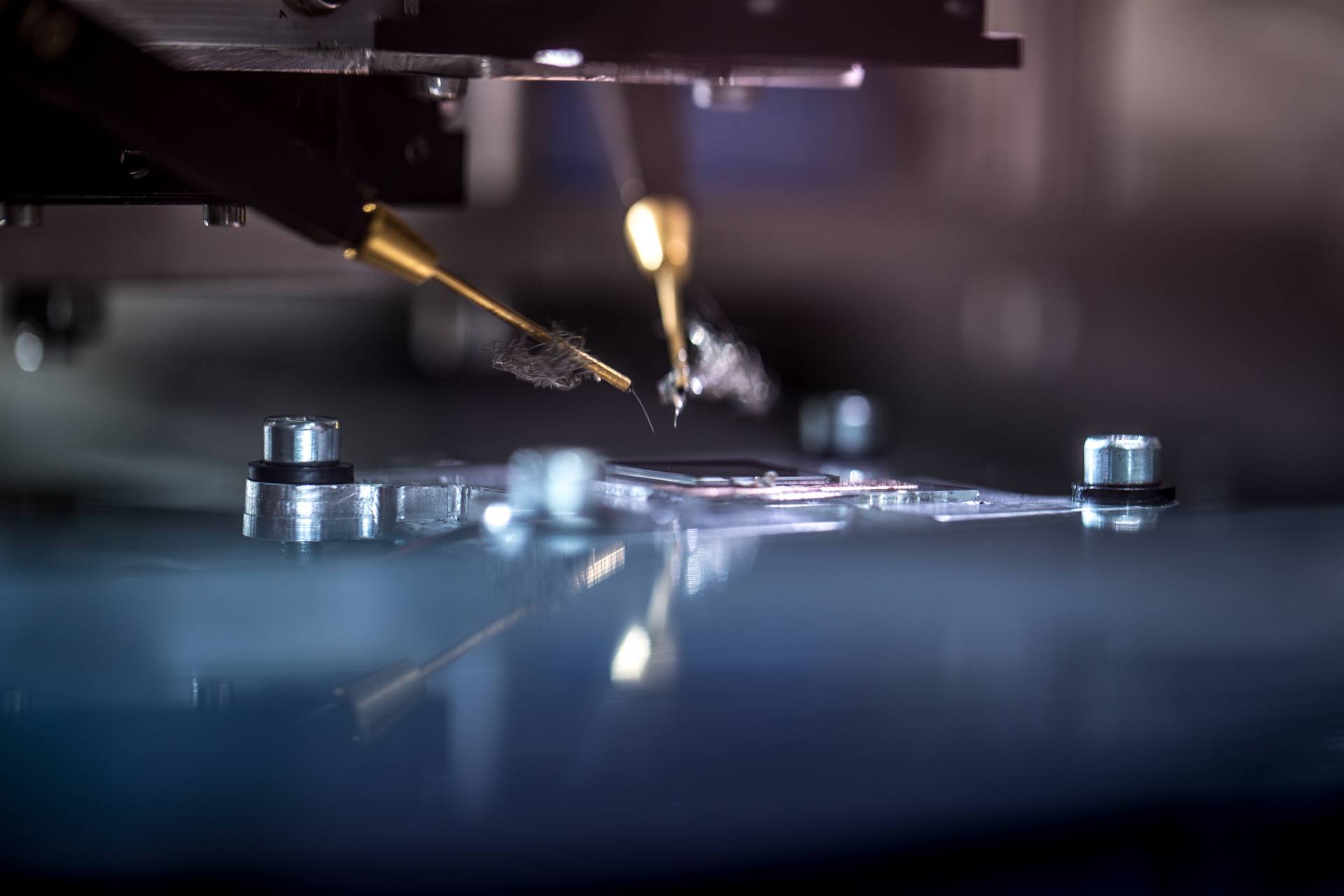Circular entrepreneurship at NS: train renovation with 99% reuse
At the trade fair Electronics & Applications 2023 NS will give a seminar at the Jaarbeurs Utrecht on September 28 Design for Circularity a presentation about it circular entrepreneurship at NS: train renovation with 99% reuse.
By: Hans Risseeuw
After a lifespan of approximately twenty years, all double-decker trains of the VIRM (Extended Interregional Equipment) type are modernized by NS. During the most recent round of modernization, 86%'s components were refurbished and reinstalled in the relevant train. Approximately 13% of the parts will be given a second life elsewhere. Together, this means that 99% materials have been reused.
2030: 100% circular?
For this article we spoke to Marjan Prent, senior train experience and sustainability engineer. This year she is celebrating her tenth anniversary at NS and is committed to the circular economy every day. The rail carrier has set itself the goal of purchasing circularly by 2030, using materials as much as possible and no longer creating waste in offices, workshops and trains. For Marjan this means a new challenge every day.
Marjan is the driving force behind the circular train modernization design working group. The working group tries to make the principle of circular design an inherent part of how NS modernizes trains.
The VIRM is the double-decker train that everyone in the Netherlands knows. These trains are completely dismantled and reassembled as new.
Waste becomes a new raw material
“We can almost make a new train, except for the shell,” says Marjan. Dutch Railways has almost everything in-house. In order to work completely circularly by 2030, NS has entered into collaboration with suppliers. This requires a completely new approach and a cultural change that demands a lot from both NS and suppliers.
As an example, Marjan mentions the waste flows from cabling and specifically the cutting process. If a cable is cut too short somewhere in the process, the options for storage and reuse of the cable are now being investigated. This therefore requires storage capacity, but also a new approach to waste.
The automatic transition from throwing away to reuse and recycling must be broken. This is a learning process in which new and very creative developments are taking place with each individual waste stream. Waste is now no longer a residual product but a new raw material. For example, old train seats are upgraded to armchairs and old train floors are given a second life as table tennis tables. A whole new development is now underway that focuses on reusing old written-off materials that until recently ended up in the incinerator or landfill. For more information see NS circular entrepreneurship.
There are still sufficient technical challenges, such as safety requirements, costs and product-specific requirements. Here Marjan finds himself in an interesting field of tension between European tender requirements, safety and design requirements and the options that suppliers can offer NS.
Circularity is approached positively by everyone, but it is still a relatively new concept that companies are still searching for. NS is a very large player on the Dutch market. The rail carrier therefore tries to purchase completely circularly and sets requirements for suppliers. “But what is a circular relay?” Marjan wonders out loud. “Where is the maintenance, what happens if it is broken, how long is the warranty, etc.? As always, the devil is in the details.”
Challenges, opportunities and a new approach
“It is said that circular is expensive, but that is not true,” says Marjan with conviction. “In the last tender procedures in which circularity was taken into account, the most circular was also the cheapest,” says Marjan.
Another change that NS has introduced internally is that they can no longer just throw waste “over the fence,” but first investigate internally whether NS can reuse it elsewhere within the organization. A second option is to investigate the possibility of returning old or written-off materials to the supplier. And only when all these options have been investigated can a department transfer the material in question to the department within NS that deals with residual materials. Marjan admits that this is a learning process, but that great strides are being made.
Personally, Marjan notices that the focus in the market is still too much on the material. As long as the material is sustainable, the product will in principle be sustainable and circular. This is not true, she says. For example, when you create a design, what do you do with the components of a product that you are replacing? There is still a long way to go here for NS, the market and the small and large suppliers. Of course, legislation and regulations play a role at NS, which does not always make the process of circularity easier, but the will and intention are certainly present on the part of both NS and the suppliers. The Circular Entrepreneurship tension is only expanding and developments are continuing.
FHI keeps a close eye on the market, NS and suppliers and we closely follow the latest developments surrounding circularity. We are following the steps that NS is taking with great interest. Because developments continue unabated on the road to a fully circular economy in the Netherlands.
I look forward to the presentation that NS will give on September 28 at the E&A trade fair. Developments continue unabated on the road to the fully circular economy.
Sign up here for the seminar for free Design for Circularity at the Electronics & Applications 2023 trade fair in the Jaarbeurs Utrecht on September 28.
Related companies

